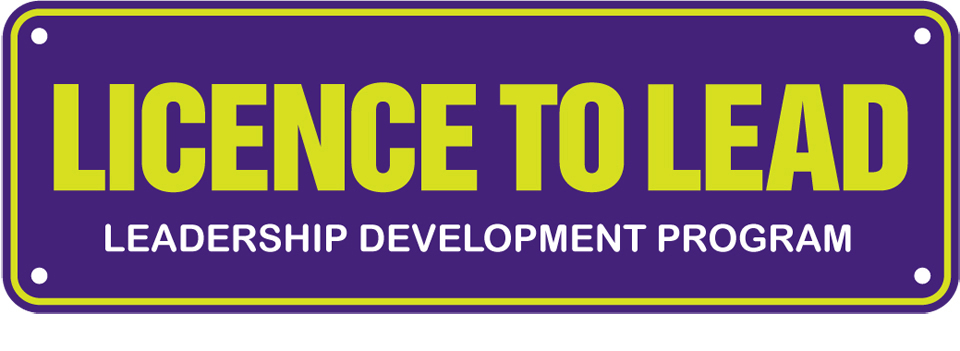Leaders make better lovers
 Wednesday, May 31, 2017 at 1:26AM
Wednesday, May 31, 2017 at 1:26AM 
Leaders love lots.
They love their industry* – that’s where their passion comes from.
They love their organisation – they deeply care that it succeeds and grows.
They love their people – they want to see them grow, develop and be happy.
They love their families – that’s why they strive for and achieve balance between their career and time for their loved ones
They love their communities – they give back and they make sure that their organisations are good corporate citizens.
And finally, they love themselves – they look after their physical and mental health, they challenge themselves to grow and develop and they want to be the best they can be.
Take the leadership love challenge – how many can you tick? Where do you need to love more? What are you going to do about it?
* PS: You may not be in love with your industry, for example you don’t have to be passionate about money to work in the finance industry, but you might at least care about the difference, for instance, that making money available to families makes. It will be harder for your leadership to surface if you really dislike the industry you work in.




